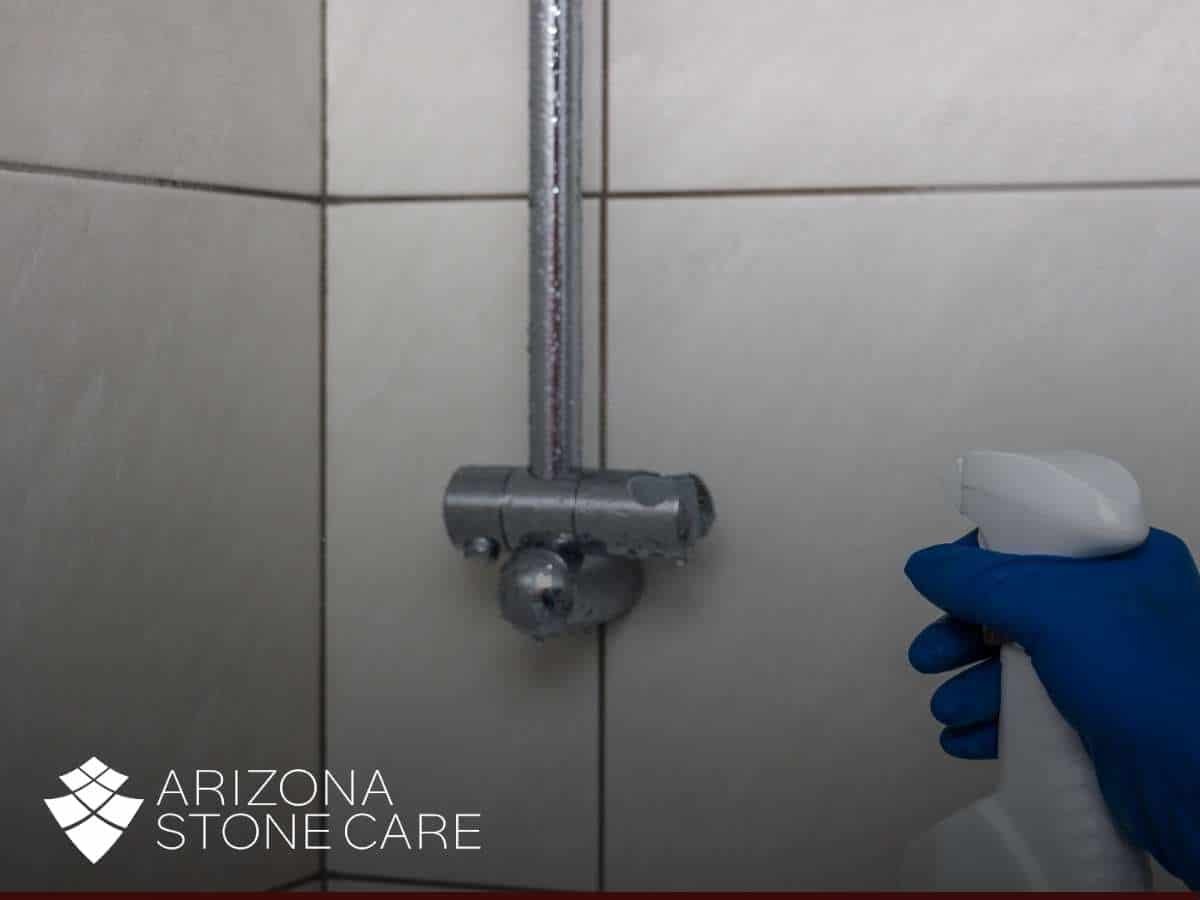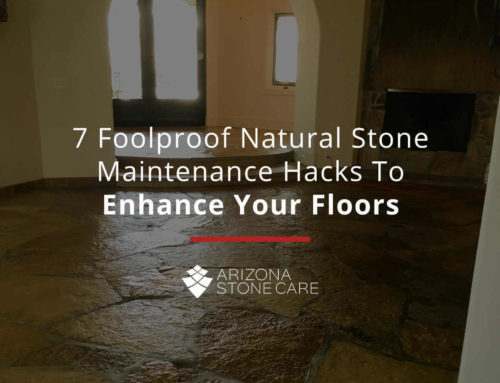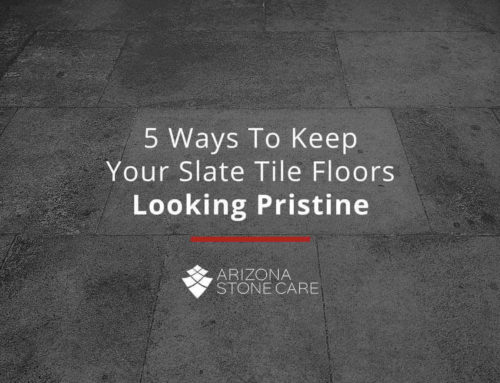How To Treat & Eliminate Calcium Deposits On Your Shower Tiles
Everything You Need To Know About Calcium Deposit Treatments
Phoenix is known for its hard water. The hardness of the water here ranges from 13 to 17 grains per gallon (gpg), which is significantly harder than the water in other areas. As a result, it’s not surprising finding calcium deposits in most shower tiles, making it a common issue for many homeowners. Luckily, there’s a solution for it.
You can clean your shower tiles with a few items from the market and get rid of calcium deposits. This is a good approach if the calcium build-up is not severe. However, you may need a trusted Apache Junction natural stone cleaning service if the problem is more serious.
Learn all about calcium deposit treatments in the information below.
Why Does My Shower Have Calcium Deposits?
Hard water is the reason why calcium deposits are so common in Phoenix. This type of water has a high mineral content that can deposit calcium carbonate on any natural stone surface. These calcium deposits build up over time, making your stone surfaces look dull and dirty.
Natural stone surfaces with minimal water exposure are less prone to calcium deposits. You may not see this component in entryway walls, fireplaces, or damp-mopped floors. However, areas constantly exposed to water or often being wiped may slowly become cloudy. This effect is caused by calcium deposits.
Countertops areas near sinks, commercial bar tops, and some table tops are prone to calcium buildup if they are often used. But, there’s one area with a higher risk of calcium deposit: bathroom showers.
Bathroom showers are the biggest concern for homeowners due to calcium deposits. Each time someone showers, the surfaces are exposed to at least two gallons of water per minute. That’s enough to cause calcium buildup in a few months.
Contacting Chandler natural stone cleaners is usually the best solution to eliminate calcium deposits if your stone surfaces look whiter than usual. There are other DIY solutions, but these are most effective when the problem is not too severe.
Be Careful With DIY Projects
The idea of removing calcium deposits is to avoid damage to the stone surface. If you have ceramic or porcelain tiles, you can use harsher cleaners than surfaces with natural stone. You can even use mildly acidic cleaners on silicate-based stones (granite, slate, etc.), but your options are limited if you have other types of natural stone.
Polished stone surfaces will probably need a professional refinishing service after DIY calcium deposit removal methods. They are more prone to require professional service than honed stone.
Our recommendation is to analyze the problem before trying DIY methods. In some cases, it’s better to contact professionals, but depending on the calcium deposit issue, you may be able to get rid of it with a DIY technique.
How To Remove Calcium Deposits
These are some DUY suggestions for removing calcium deposits. As we mentioned previously, some DIY methods can cause dullness or damage to natural stones. You may want to contact your Gilbert natural stone restoration expert before following these steps:
- Use a plastic knife to scrape off the calcium excess. Do not use metal knives because they leave marks.
- Apply an appropriate cleaner to the surface until you saturate it. Let it sit for some minutes to soften the buildup. Then, use a white cloth or soft nylon brush to clean the surface.
- If you have a tile or stone surface, carefully rinse to remove cleaning residues. If you used sulfamic acid for your stone surface, don’t forget to continue the process with a pH-balanced cleaner before the final rinse.
Recommendations For Ceramic Tile
Porcelain and ceramic tiles have a glazed finish, so you should avoid ruining them with acidic cleaners, such as white vinegar and lemon juice. The only exception is hydrofluoric acid. Do not use heavy-duty acids like CLR and HCL because they pose many health risks.
Recommendations For Marble
You can use pH-neutral cleaners for polished and honed marble. Do not use green scrubbing pads on polished stone surfaces. You can also use a non-acidic soap film remover.
Recommendations For Granite Or Silicate-Based Stones
Use the same methods as before. You can use sulfamic acid if the desired results are not achieved.
Should I Get A Phoenix Natural Stone Cleaning Service?
DIY methods can help for regular cleaning in some cases, but professional stone services offer better results. In most cases, professional services achieve dramatic results that cannot happen with DIY methods.
If you want to see a real difference, contact Arizona Stone Care, a top-rated natural stone cleaning and restoration company. Our team of experts can improve the look and maintain many types of natural stone surfaces on floors, including marble, travertine, flagstone, porcelain, and more. Get a free quote by calling us today.
Arizona Stone Care
Email: info@arizonastonecare.com
Website: www.arizonastonecare.com
Mesa Location
505 W 8th Ave #17
Mesa, AZ 85210
Office: 480-232-6264
Scottsdale Location
6908 E Thomas, Suite #202-1,
Scottsdale, AZ 85251
Office: 602-932-0011
Chandler Location
2101 N Evergreen, unit 1031
Chandler, AZ 85225
Office: 480-531-6796







